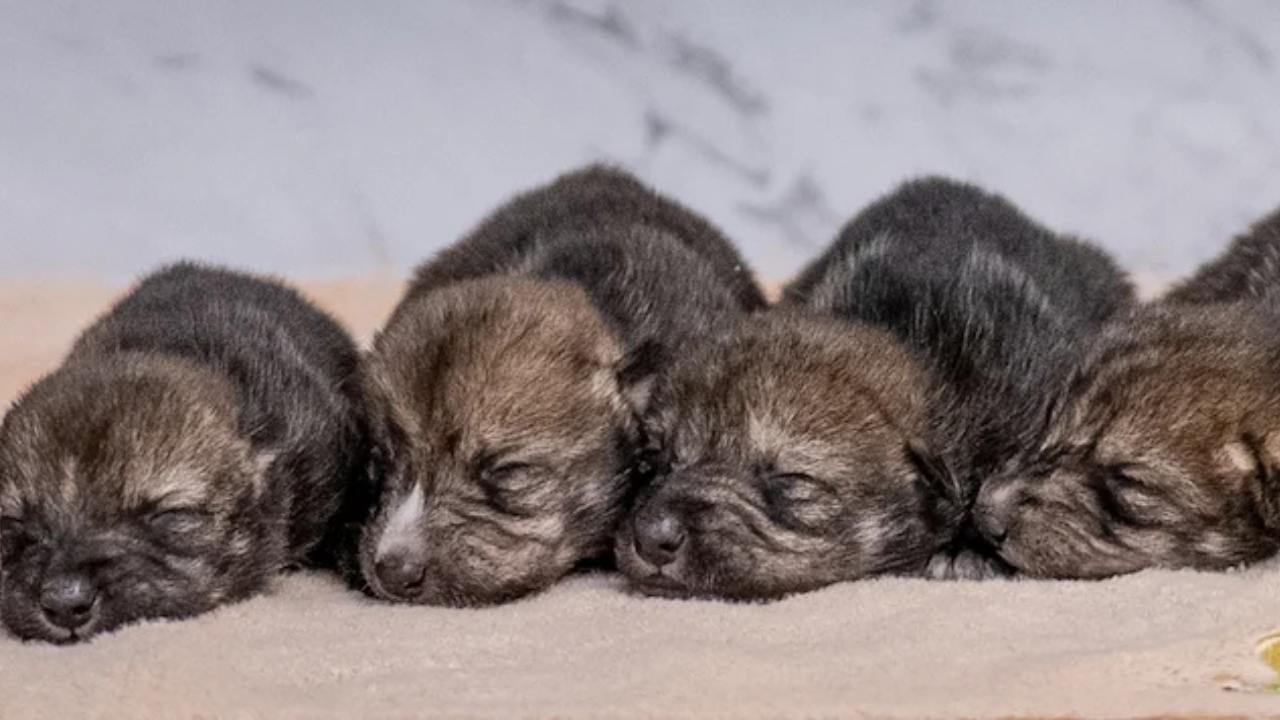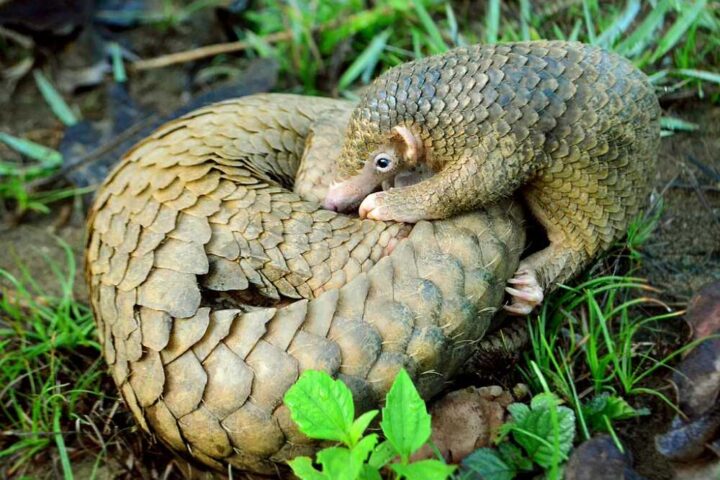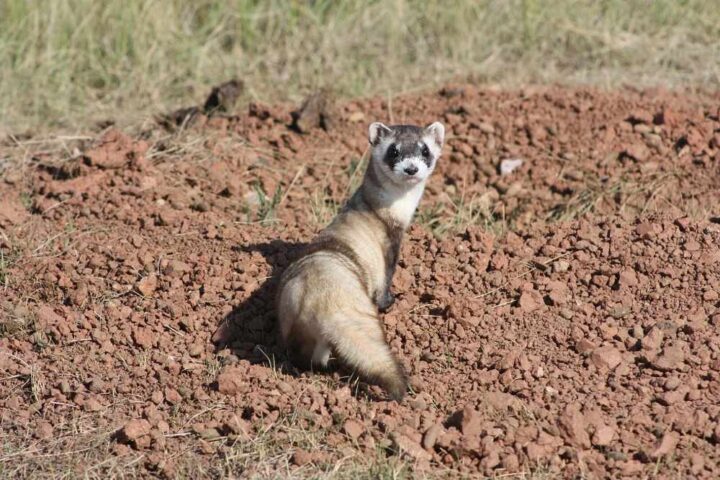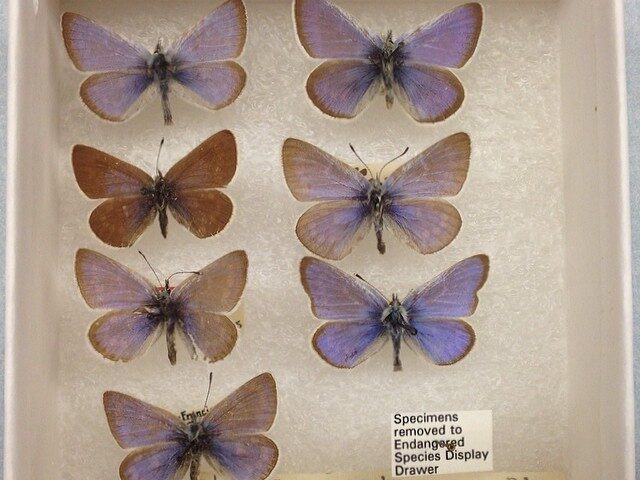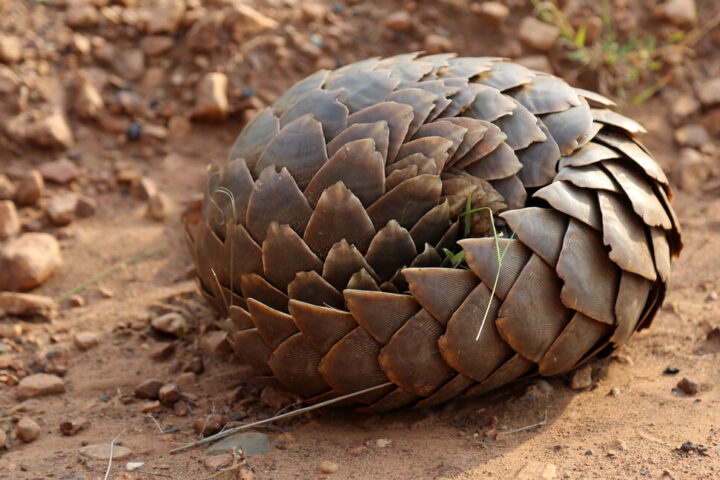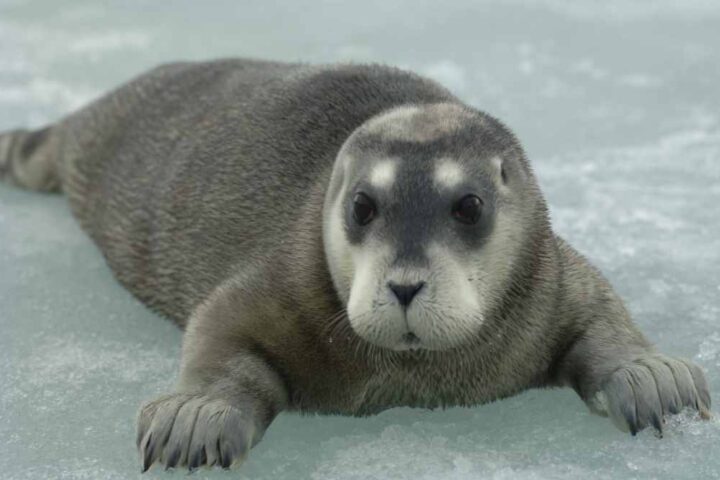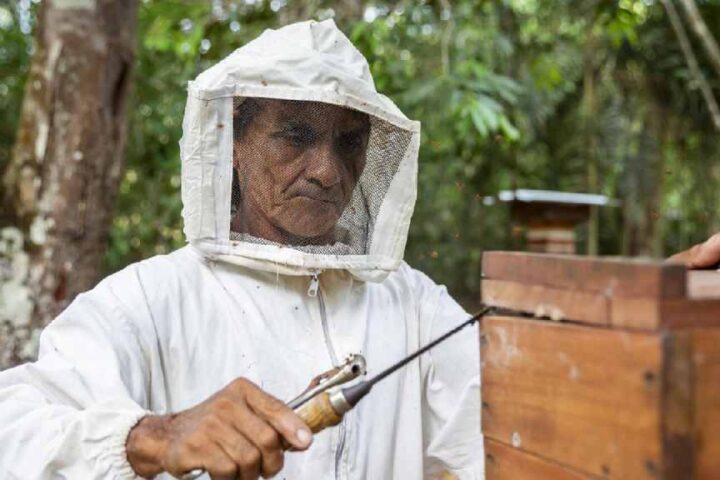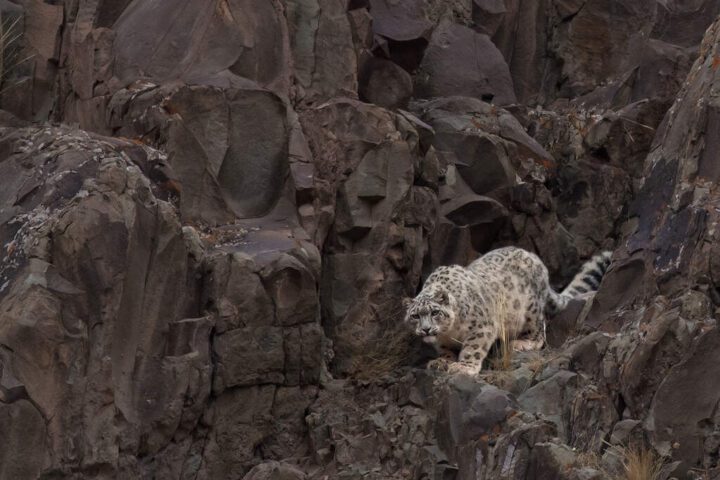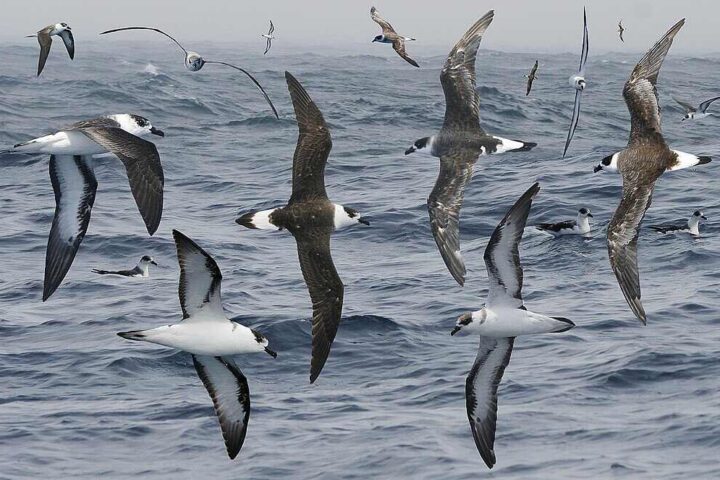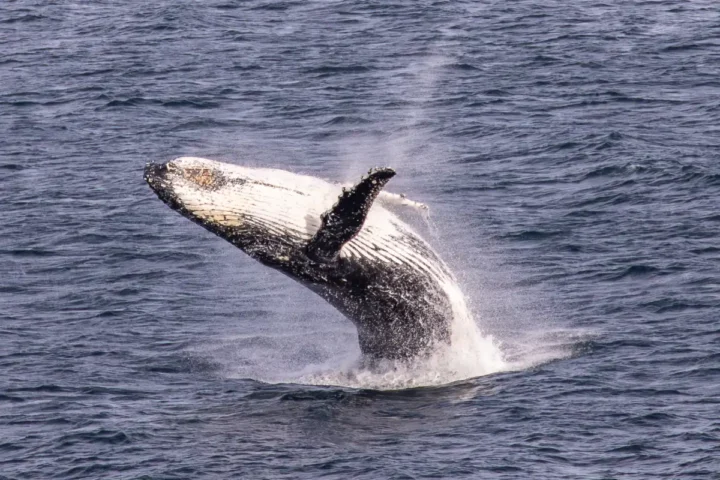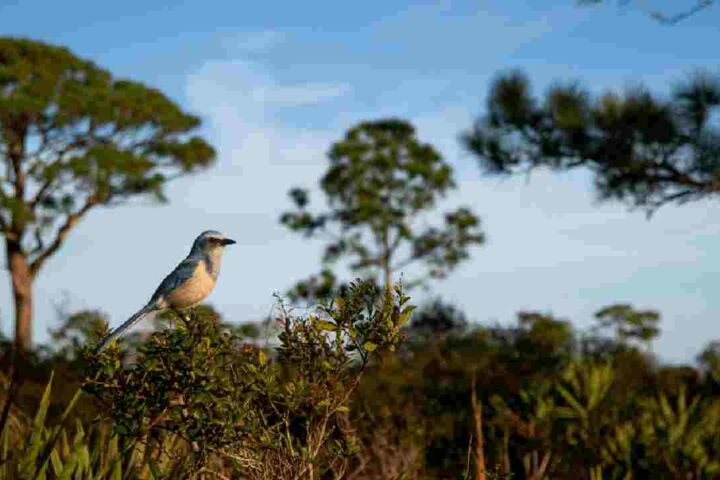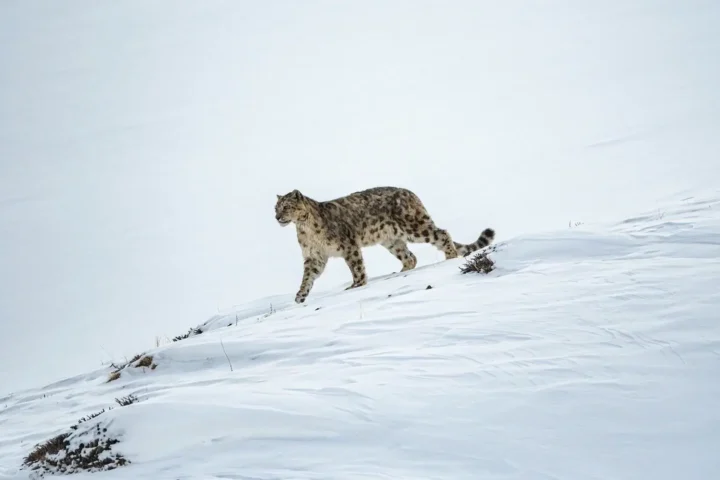Six endangered Mexican wolf pups, just 10 days old, have been sent from the Endangered Wolf Center in St. Louis to New Mexico in a critical conservation effort. The pups will be fostered by two wild packs, boosting the genetic diversity of a species that now numbers less than 300 in the wild.
“This year was a special pup foster to help facilitate, because the pack is very genetically valuable. The father of these pups was actually born from artificial insemination back in 2017, so getting his genetics back into the landscape is a huge conservation win,” said Sarah Holaday, director of Animal Care and Conservation at the Endangered Wolf Center.
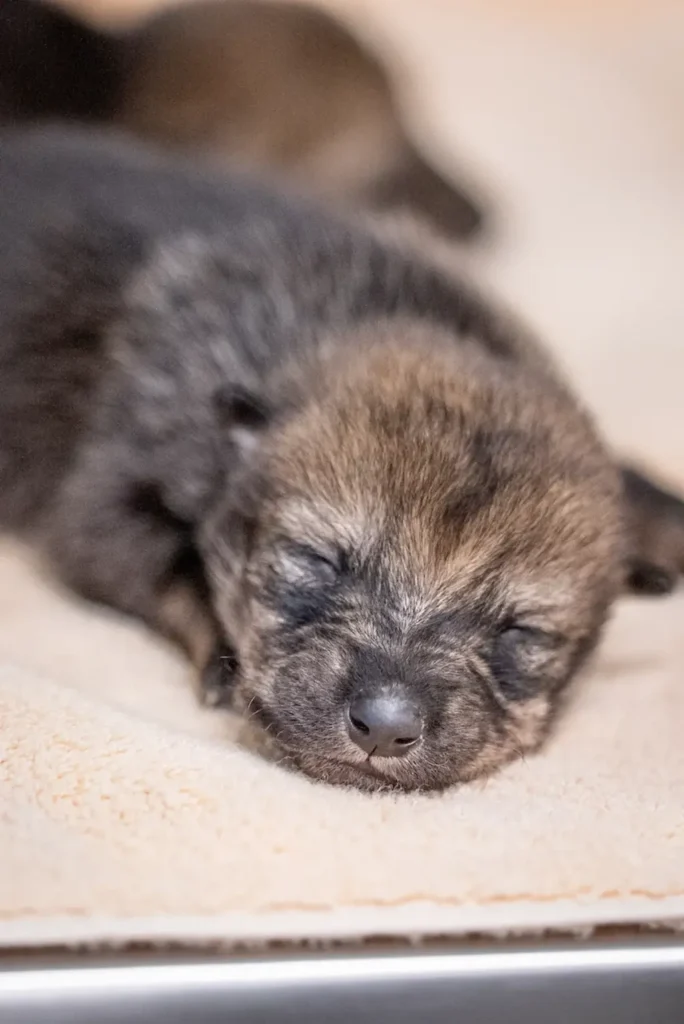
The Mexican wolf, the rarest subspecies of gray wolf in North America, has walked a difficult path to recovery. Once common throughout the southwestern United States and Mexico, these wolves were nearly wiped out by the 1970s due to widespread hunting, trapping, and poisoning campaigns. They were listed as endangered in 1976, but by then, only seven individuals remained to start a captive breeding program.
The recovery effort has shown remarkable progress in recent years. According to the latest survey released in March 2025, there are now at least 286 Mexican wolves in the wild, marking the ninth consecutive year of population growth. Of these, 162 wolves live in New Mexico and 124 in Arizona.
Similar Post
Pup fostering, the technique used in this recent rescue, has become a crucial strategy for saving the species. Since 2016, the Endangered Wolf Center has fostered more than 52 captive-born pups into wild packs. The process involves placing very young captive-born pups into wild dens with similar-aged wild pups. Wolf mothers are highly nurturing and will often adopt these new additions as their own.
“Each year, the wild Mexican wolf population numbers increase, and the areas they occupy expands. Genetic management using pups from captivity is also showing results,” noted Stewart Liley, Chief of Wildlife for the New Mexico Department of Game and Fish.
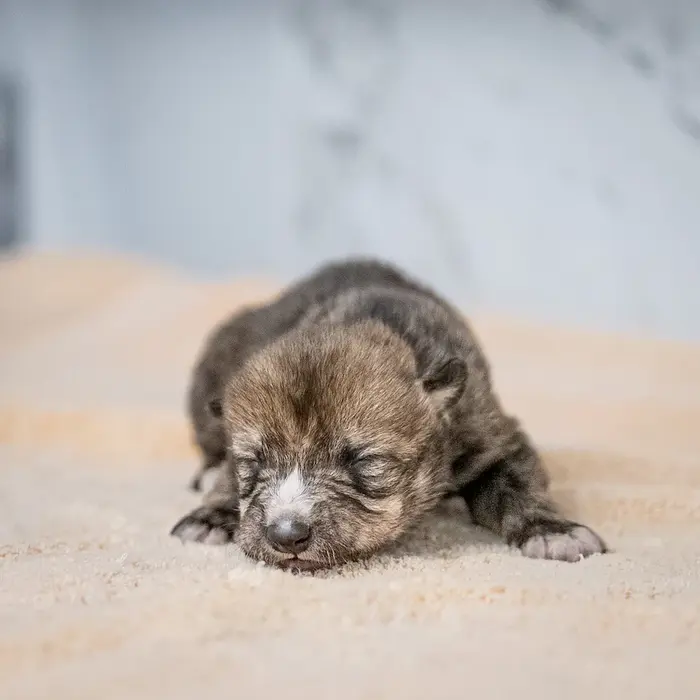
The fostering approach addresses a critical challenge in Mexican wolf recovery – limited genetic diversity. Since all Mexican wolves descended from just seven founding animals, introducing new genetic material is essential for the population’s long-term health and resilience.
The six pups transported in this mission carry particularly valuable genetics. Their father was born through artificial insemination in 2017, making his genetic contribution especially important to the wild population.

Despite progress, challenges remain for Mexican wolf recovery. Human-wildlife conflicts, particularly with livestock, continue to pose threats. Additionally, there’s ongoing debate about geographic boundaries for wolf recovery, with some conservation groups advocating for expansion of the wolves’ range north of Interstate 40 into areas like the Grand Canyon region.
Clay Crowder, Assistant Director of the Arizona Game and Fish Department, expressed optimism about the recovery efforts: “Prior to the first release into the wild, many thought that a successful free-ranging wild Mexican wolf population was impossible, but as we can see from the ninth consecutive year of population growth, we are knocking on the door of recovery.”
The Endangered Wolf Center hopes these six pups will grow up with the essential survival skills needed in the wild while carrying their valuable genetics into future generations – a small but significant step toward securing the future of this iconic southwestern predator.
